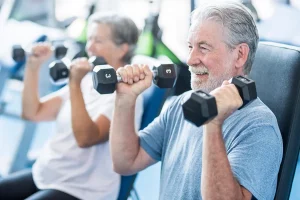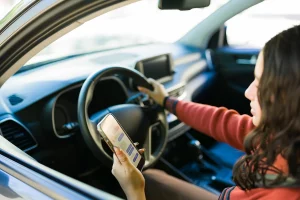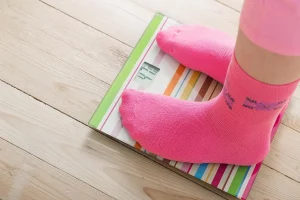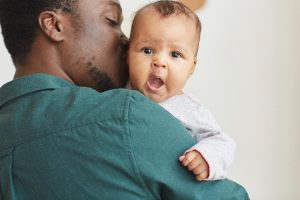
Like feminism and butts, queerness is now trending. Or at least, on TV it is. With queer characters popping up seemingly everywhere this fall, it seems that we queer people may have finally succeeded in infiltrating the system, and have moved one step closer to our ultimate goal of world domination by way of dismantling the foundations of society and building a genderless, multi-sexual utopia. I don’t speak for all queer people so I can’t say for sure. Maybe this is just my own personal thing. Though I don’t think my fantasy of a queer mainstream media takeover is so far off. Orange Is The New Black, Transparent, Pretty Little Liars, among others, not only feature, but star characters that fall on the queer spectrum, and not just in the Will & Grace, sassy-gay-friend-meets-neurotic-straight-white-girl-and-hijinks-ensue kind of way. We’re getting dynamic, nuanced portrayals of characters that could actually be believably real. Not to say that queer people haven’t been on their own grind making meaningful work, but this year in particular, it appears that LGBTQ+ characters on TV are having what is commonly referred to as a “moment.” Queerness doesn’t just seem to be everywhere on TV this fall, it’s starting to become cool.
In some ways similar to Karl Lagerfeld’s faux-feminist march, the trend-ification of queerness in mainstream media takes a larger social issue and reduces it down to “let’s stick a queer character in there to solve our diversity problem and give our show the illusion of being edgy and progressive.” There are some truly great TV shows out there that feature LGBTQ+ characters that are edgy and progressive, but some — Modern Family is a notable example — hide patriarchal values behind their queer characters, some of which are actors playing queer people as opposed to queer actors playing queer characters (not that a straight person can’t play gay or vice versa). The queerness “trend” on TV could be taken as a sign that we are now living in a post-gay (post-feminist, post-racial, post-cheesecake, post-Post cereal, post-post-post-post post, and we’re not post- any of these things) era, but “liberal” Hollywood is far from being post-gay when it comes down to queer characters who are played by actual queer-identifying actors. Jezebel reports that a survey of SAG-AFTRA members found that over 50% of LGBTQ-identifying performers believe they have experienced bias against them from Hollywood directors and producers because of their gender identity and/or sexual orientation, and the majority of those surveyed reported that they’ve overheard or been subjected to homophobic and transphobic slurs on set.
The study also found that “twenty percent of gay men and 13% of lesbians who responded to the survey reported that they had experienced discrimination in the workplace […] 9% of gay and lesbian respondents reported that they had been turned down for a role due to their sexual orientation […] 4% of bisexual respondents reported that they’d lost jobs because of their sexual orientation [… and that] LGBT performers are less likely than heterosexual performers to have agents, ‘which may put LGBT performers at a disadvantage when looking for work.’” National co-chairs of the SAG-AFTRA LGBT Committee Traci Godfrey and Jason Stuart add, “Although our industry is heading in the right direction, there is clearly work left to do as certain attitudes and behaviors persist and continue to put pressure on actors to stay in the closet.”
There’s also a discrepancy between the representations of queer women and men on TV. Autostraddle reports that despite the popularity of Orange Is The New Black, for example, or shows like Glee that depict lesbian characters, “Broadcast networks will feature 32 regular LGBT characters this season […] and 33 recurring LGBT characters. Of those 65 characters, 18 are lesbians and 10 are bisexual females. On cable, 105 regular and recurring scripted characters are LGBT, which includes 26 lesbians and 21 bisexual females […] that’s 44 lesbian characters and 31 bisexual females compared to 82 gay men and 12 bisexual men.” Streaming networks appear to be the way to go in terms of representation, although there haven’t been any formal studies to demonstrate this.
As they (I) say, 65 characters today, full-blown media domination tomorrow. In the future everyone will probably be gay anyway, so Hollywood may as well get in on the ground floor before the genderless queertopia takes off.
















